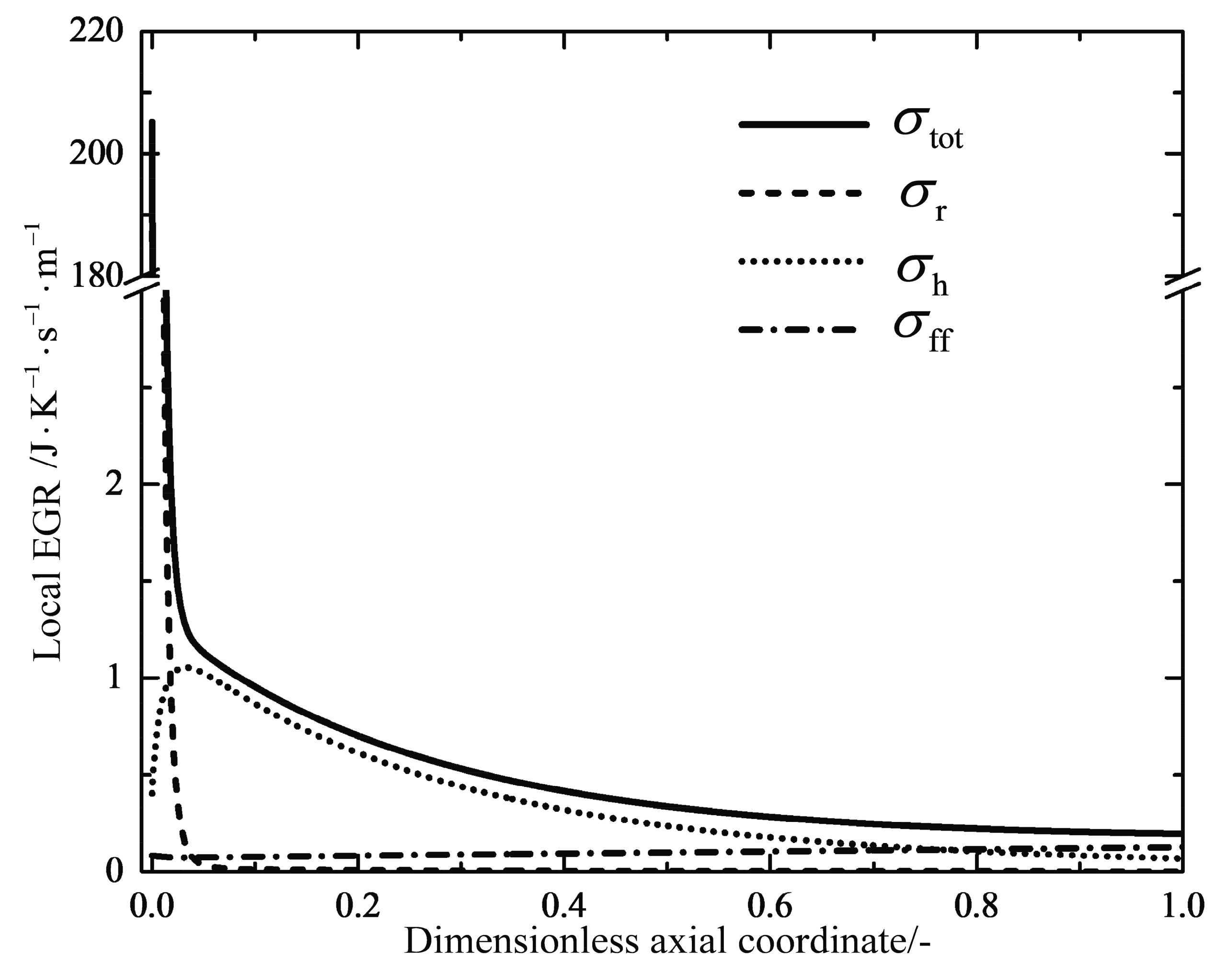

Dispersion entropy (DE) introduces amplitude information by using the normal cumulative distribution function (NCDF) it not only can detect the change of simultaneous frequency and amplitude, but also is superior to the PE method in distinguishing different data sets. Weighted-permutation entropy (W-PE) weight each arrangement pattern by using variance information, which has good robustness and stability in the case of high noise level and can extract complexity information from data with spike feature or abrupt amplitude change. In order to improve the performance of PE, some improved PE methods have been proposed through introducing amplitude information and distance information in recent years.

But that doesn't mean entropy is reversible.Permutation entropy (PE), as one of the powerful complexity measures for analyzing time series, has advantages of easy implementation and high efficiency. However, I’m not all that familiar with quantum mechanics so perhaps there is some way to have a process in that realm that is so close to reversible that they can assert that.ĮDIT: I just read the article and think that they may be saying that the net entropy change is negative, which of course is possible as pointed out in post #6. In reality, this will not be the case since neither one really exist. The quote you provided comes with the statement that the separation is reversible and that they are ideal gases. Since the quality of the energy is reduced due to the irreversibilities of system, the entropy generated is increased. Like I said in the previous post (#9), the entropy generated within the system boundary will increase for the following reason: The quality of the energy used to provide work to the shaft to mix or separate the system is degraded due to the irreversibilities associated with the system (friction for example). Although originally attempted to explain quantum behavior I think it still applies. Hence, the entropy increases.Īssuming this closed system is perfectly insulated like you said, how is this so? No heat is being transferred and the system is being "organized", therefor removing the mixture entropy.Īs an example of what I attempted to convey in my last post, heres an example using ideal gases. The energy being dissipated is the energy used in performing the work on the shaft.īy applying work to separate the mixture you will increase the entropy generation within the system boundary. Even though work isn’t causing the transfer of entropy across the system boundary, it is responsible for the increase in entropy (entropy generation in this case) due to the dissipation of that energy into a less useful form of energy.

The only entropy is that which generated due to the paddle wheel disorganizing the gas molecules and friction. For example, take a closed system composed of an adiabatic rigid container with a paddle wheel in it. Entropy generation can occur due to a degradation of the quality of energy - which obviously will increase the entropy. There are only two mechanisms of entropy transfer, heat and mass flow. In other words, no entropy is exchanged during a work interaction between a system and its surroundings. There is no entropy transfer associated with energy transfer as work. I guess the real question is can you destroy entropy, which like you said the answer is no. But it would be negative and removed from your system. True, you are not actually reversing entropy as there is no such thing as an entirely reversible process. Now if we apply work to the system in the form of a large centrifugal force we separate the mixture removing entropy from the system. By mixing creating the mixture we create entropy. Ok, let's define a system of H2O and sand mixed together to create a homogeneous mixture in an closed system (I know I said open above).


 0 kommentar(er)
0 kommentar(er)
